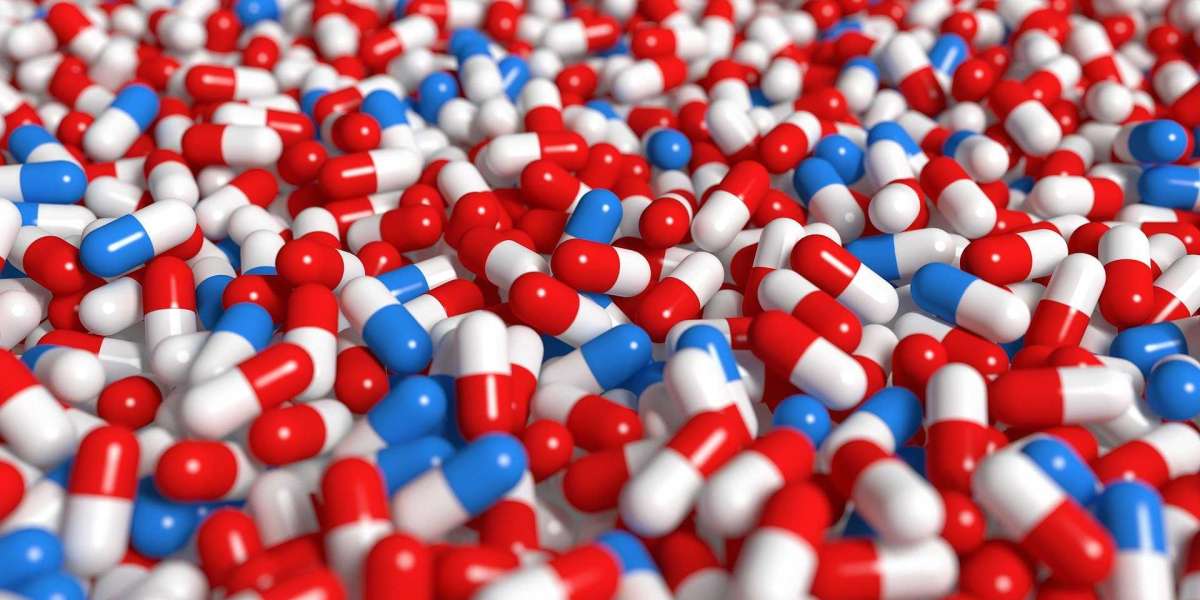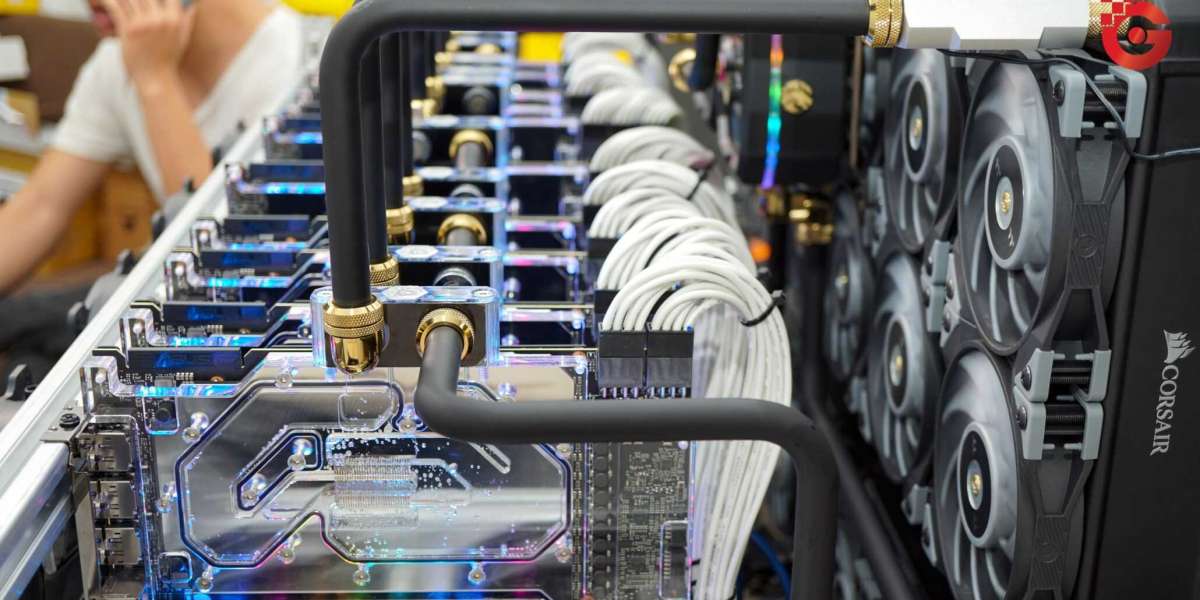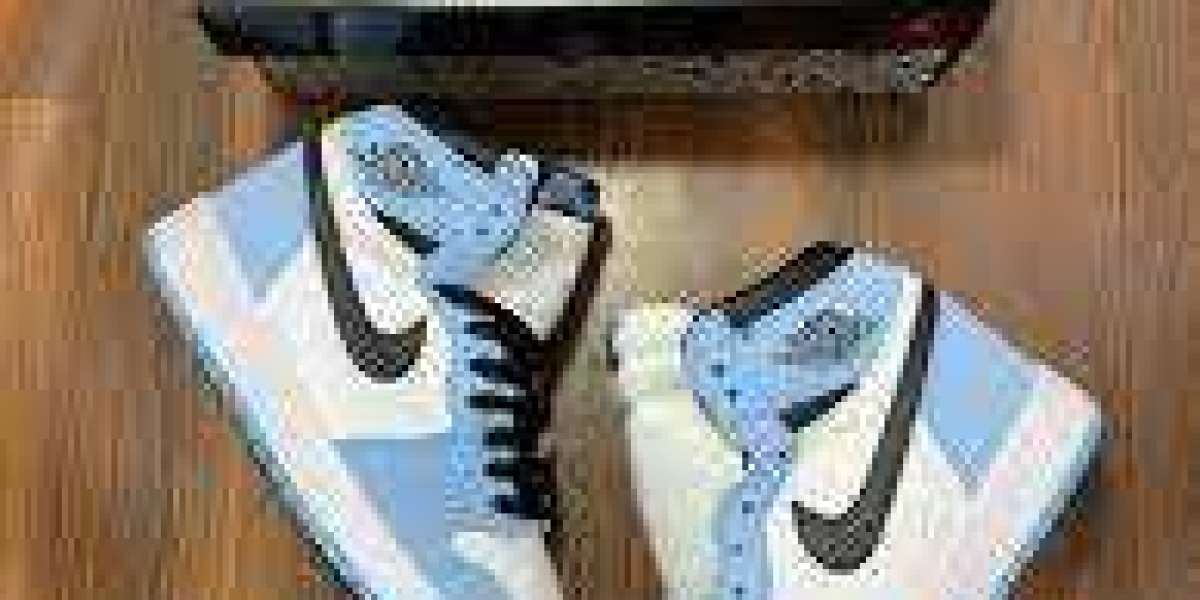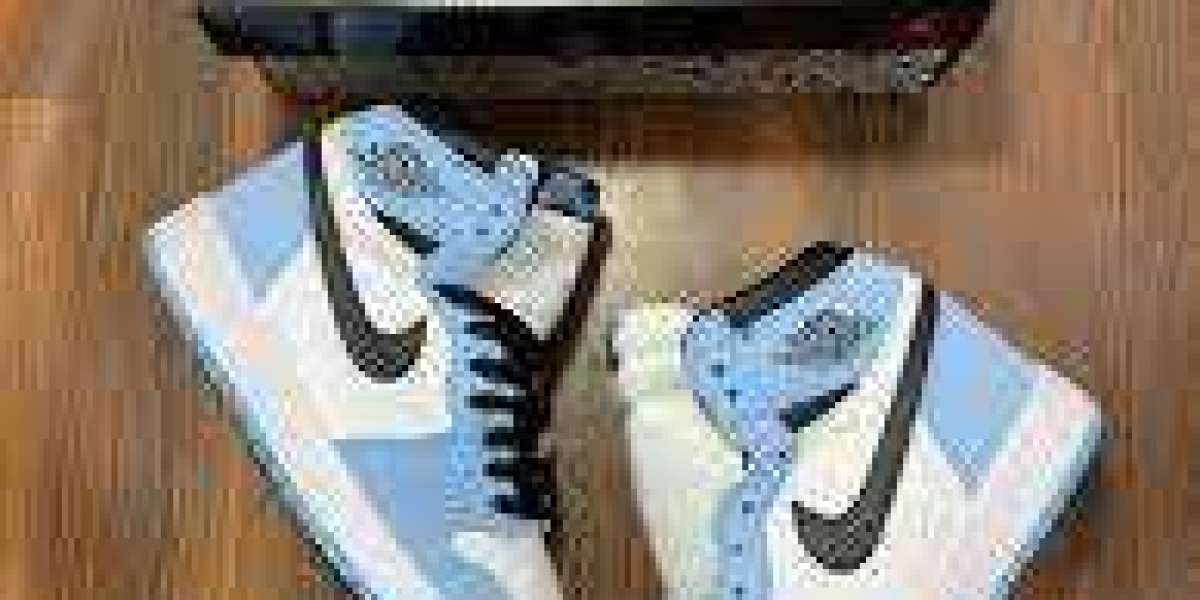Today, we are going to discuss the esti 7789 TFT small tft as our topic of discussion. The diagonal measurement of this item is only 1. 3 inches. It has a high density of 240 pixels across and 240 pixels per inch, giving it a total of 220 pixels per inch.
The resolution of the display can be determined from this number. Because of this feature, the viewing can be accomplished from any vantage point. In addition to that, it is equipped with an SPI interface, in addition to a display driver that is simple to operate. It is compatible with any and all kinds of microcontrollers, in addition to being compatible with microcomputers.
The display uses 16-bit pixels, which results in the colors appearing to have a lot of life and vibrancy to them. The TFT driver ST7 789 is very similar to the widely used ST7 735, which is supported very well by the Arduino library. Both drivers are extremely comparable to each other. In addition, the small tft display is equipped with an internal voltage regulator, which gives it the capability of being powered by either 3.3 or 5 volts of electricity respectively. Now that we have that out of the way, I'll show you a simple test by putting some pictures up on the screen. I am making use of a circuit board known as an Arduino ninoarduino nano, which is small in size, includes a lot of features, and is user-friendly with test boards. Its functionality is comparable to that of the Arduino Duemilanove, but it comes in a different package and utilizes a mini-B USB cable rather than the standard USB cable. This is because the Arduino Duemilanove uses a standard USB cable. In addition to this, there is no DC power socket on the small tft.
Using the pin configuration that is shown on this page, I am in the process of connecting the small tft screen to the Arduino board right now. After you have successfully connected the display to Arduino, the next step is to upload the picture code. I will be using a program called cool term to upload the picture to Arduino so that the software will work correctly with Arduino. This will allow me to get the software to function properly with Arduino. The Arduino needs to have a sketch that's been uploaded to it. We will be able to upload bitmaps to Arduino through the use of a serial terminal if we are successful in implementing this sketch.
Because your sketch makes use of the Arduino ST7 789 quick library and the adafruit gfx library, you will need to install both of those libraries in the Arduino software after you have uploaded the sketch. You can do this by selecting the "Libraries" menu item in the Arduino software. In a moment, I will launch the program that is commonly referred to as the serial terminal. This application enables us to upload bitmaps by using the serial terminal. However, before we can actually upload any bitmaps, we need to configure the serial port and baud rate of the application. This must be done before we can upload any bitmaps. The comm five port on the computer will now serve as the connection point between the Arduino and the computer. After I have finished configuring everything that needs to be pressed on the keyboard, I will change the baud rate of the connection to 115200 and I will set the viewing mode to ASCII. The bitmap image can now be uploaded to Arduino; however, before we do that, let's take a look at the requirements for bitmaps. Now that everything is set up, we can upload the bitmap image to Arduino. The image file must be a bitmap image, and both the width and height of the bitmap image must be 240 pixels. The minimum resolution for the image file is 240x240. However, the requirements for width and height are not the most important thing to pay attention to. Using the drag-and-drop method, all that is required of me at this point is to transfer the image file into the cool term application.
The photograph was uploaded to the website without any issues, and the vantage point is going to be just right for you to use moving forward.
In point of fact, the depth effect can be generated with any file type; JPEG is adequate. It will give you the ability to enter on your own, but before you do that, make sure that there are JPEG files in the primary directory of this demonstration. This will allow you to enter on your own. It will check your root directory and display the files that it finds in that directory as well as the directory itself. This grants you the ability to freely place your own images on it and provides you with additional options for personalization. They should also take Bodmer's actions as an example and follow in his footsteps. To give you an example, I softly set them from TFT ESB, so I believe the dimensions are 480 by 320 or 360 or something comparable. This screen's resolution is 320 by 240, which means that the pixel size of my images is also 320 by 240. This is the wrong pixel size, and the wrong resolution for this screen. Produced is the representation of the number 240. It is not recommended that you try to enlarge the JPEG image on it.
You will only receive an exceptionally large portion that has been enlarged significantly. From what I can tell, the JPEG decoration software will not automatically zoom it so that it can be viewed in its entirety on your screen. If zooming is an option, then the intelligence of the system is not very high. I have not really spent a lot of time studying it in great detail. You are already aware that I have some reservations about the future of the world due to the fact that it will put some computing power to the test. Even on a relatively modest microcontroller, it is possible that you will not be able to obtain a particularly potent and remarkable ESP 32.
If you disagree with it, please let me know why in the comment section below. It has the potential to expand. Despite the fact that it happens very quickly, I am confident that I am right. If you visit my website, the link will be small tfted at the very top of the screen, and the D link will be included in the description at the very bottom of the page. In the folder that you'll find the software, the sketch, and the picture, small tft screen I spent a significant amount of time writing; I'm here to show you how to get the appropriate resolution. To use your , all you need to do is insert your SD card.
Why don't we take a look at the demonstration that's currently being shown on the screen in front of me? Something that triggers fat inversion could potentially emerge from the slot. This is a possibility. Let's zoom in. Why does it have such a powerful effect? The incredible-looking tiger asteroid that was captured outside of the International Space Station was the subject of a photograph that was taken of the object.
What are they going to eat if they don't have them, you cute little kitten? What are they going to eat if they are not there? To begin, let's take a look at the top and bottom halves of the touch screen. There is no need for us to look at the information displayed in the lower section of the binary touch screen.
After that, I will launch the JPEG file that is saved to the SD card that came with the ESB camera. I'm going to go ahead and open it even though I have no intention of using it in the near future. Just what is this, exactly? It is essential for you to upload some photographs onto the SD card that you have. You will find these images if you check them out; therefore, you will need to select the JPEG decoder after navigating to the Library folder that was just displayed. Checking out these images will allow you to view them. From there, you will need to move the virus folder that you are looking for to the name of the location where all of the images that are utilized by this program can be found. You can do this by renaming the folder that contains the virus. They need to be those exact images, and their names need to be exactly the same as when they meet because we will call them and try to display them from your SD card using these exact names, so you will notice that the majority of the descriptions found at the top are from Bodnar, along with some of my original or modified additional titles. This is because we will try to small tft screen them from your SD card using these exact names. My software's sole function is to look through the root directory of your SD card and change the settings of any files that it discovers there.









